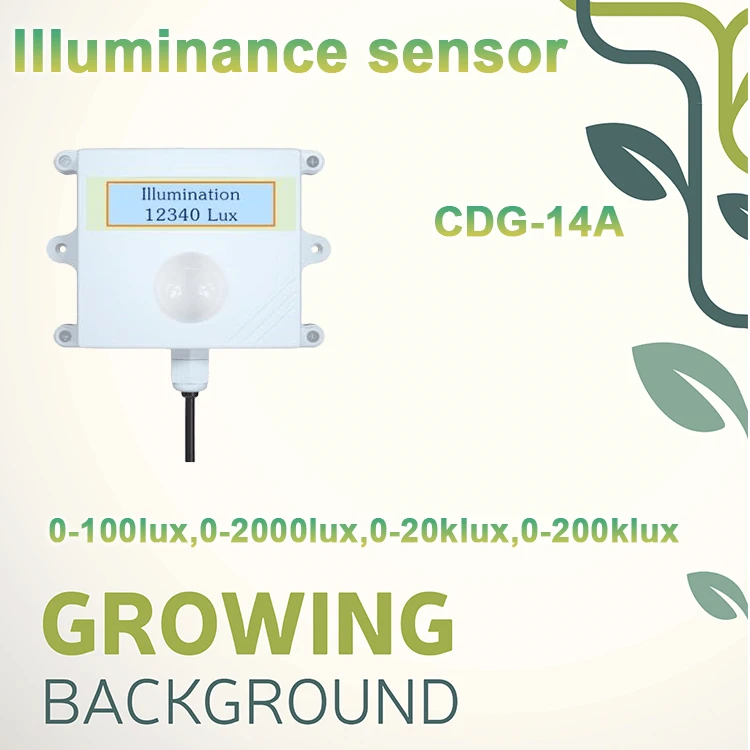Light Detector Technology and Applications

# Light Detector Technology and Applications
## Introduction to Light Detectors
Light detectors are essential components in various electronic and optical systems. These devices convert light energy into electrical signals, enabling the measurement and analysis of light intensity, wavelength, and other properties. From simple photodiodes to sophisticated imaging sensors, light detectors play a crucial role in numerous applications across different industries.
## Types of Light Detectors
### Photodiodes
Photodiodes are semiconductor devices that generate current when exposed to light. They are widely used in applications requiring fast response times and high sensitivity.
### Phototransistors
Phototransistors combine the light-sensing capability of photodiodes with the amplification properties of transistors, making them suitable for applications needing higher output signals.
### Charge-Coupled Devices (CCDs)
CCDs are highly sensitive light detectors commonly used in digital cameras, astronomical telescopes, and medical imaging systems.
### Complementary Metal-Oxide-Semiconductor (CMOS) Sensors
CMOS sensors have become increasingly popular in digital imaging due to their lower power consumption and integration capabilities with other electronic components.
## Working Principles
Light detectors operate based on the photoelectric effect, where photons striking a material’s surface dislodge electrons, creating an electrical current. The specific mechanism varies depending on the detector type:
– Photodiodes use a p-n junction to separate electron-hole pairs
– Phototransistors amplify the photocurrent through transistor action
– CCDs store and transfer charge packets across the chip
– CMOS sensors convert light directly to voltage at each pixel
## Key Performance Parameters
When selecting a light detector, several important parameters must be considered:
– Spectral response range
– Quantum efficiency
– Dark current
– Response time
– Dynamic range
– Noise characteristics
## Applications of Light Detectors
### Consumer Electronics
Light detectors are integral to smartphones, digital cameras, and optical mice, enabling features like automatic brightness adjustment and gesture recognition.
### Industrial Automation
In manufacturing environments, light detectors facilitate object detection, quality control, and process monitoring through various optical sensing techniques.
### Medical Devices
From pulse oximeters to advanced imaging systems like CT scanners, light detectors contribute significantly to modern healthcare diagnostics and treatment.
### Environmental Monitoring
Light detectors help measure atmospheric conditions, water quality, and pollution levels through spectroscopic analysis and remote sensing technologies.
### Scientific Research
Astronomical observations, particle physics experiments, and materials science research all rely on specialized light detection systems for data collection and analysis.
## Emerging Trends in Light Detector Technology
Recent advancements in light detector technology include:
– Development of organic photodetectors for flexible electronics
– Integration of artificial intelligence for smarter light sensing systems
– Quantum dot-based detectors with tunable spectral responses
– Single-photon detectors for ultra-sensitive applications
– Miniaturization of detector arrays for portable and wearable devices
## Future Prospects
As technology continues to evolve, light detectors are expected to become more sensitive, energy-efficient, and versatile. Potential future developments include:
– Bio-inspired light sensors mimicking natural vision systems
– Hybrid detectors combining multiple sensing modalities
– Nanoscale photodetectors for next-generation computing
– Integration with IoT devices for smart environment monitoring
– Advanced materials enabling detection across broader spectral ranges
Light detector technology remains a vibrant field of research and development, with new innovations continuously expanding the boundaries of what’s possible in light sensing and measurement.
Keyword: light detector